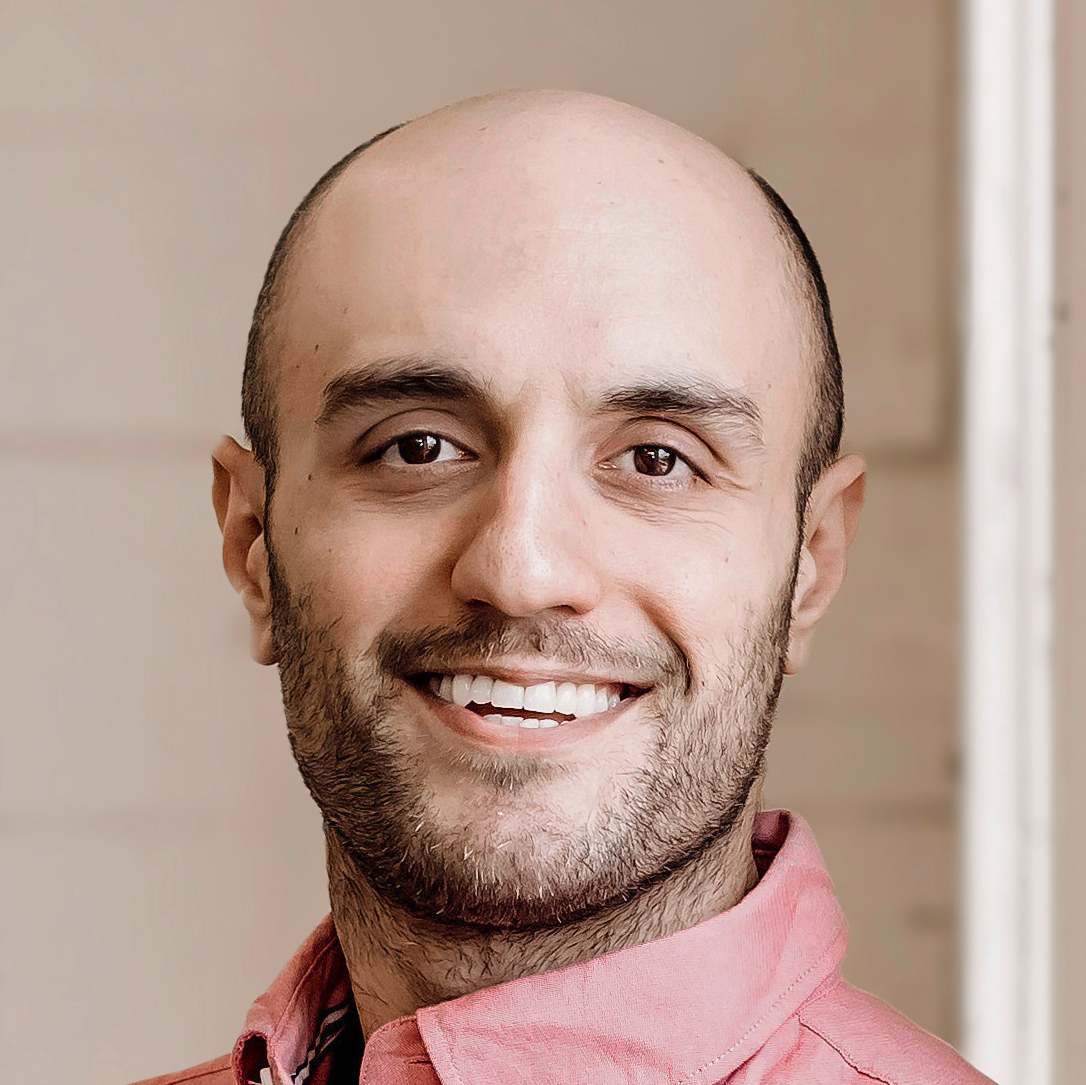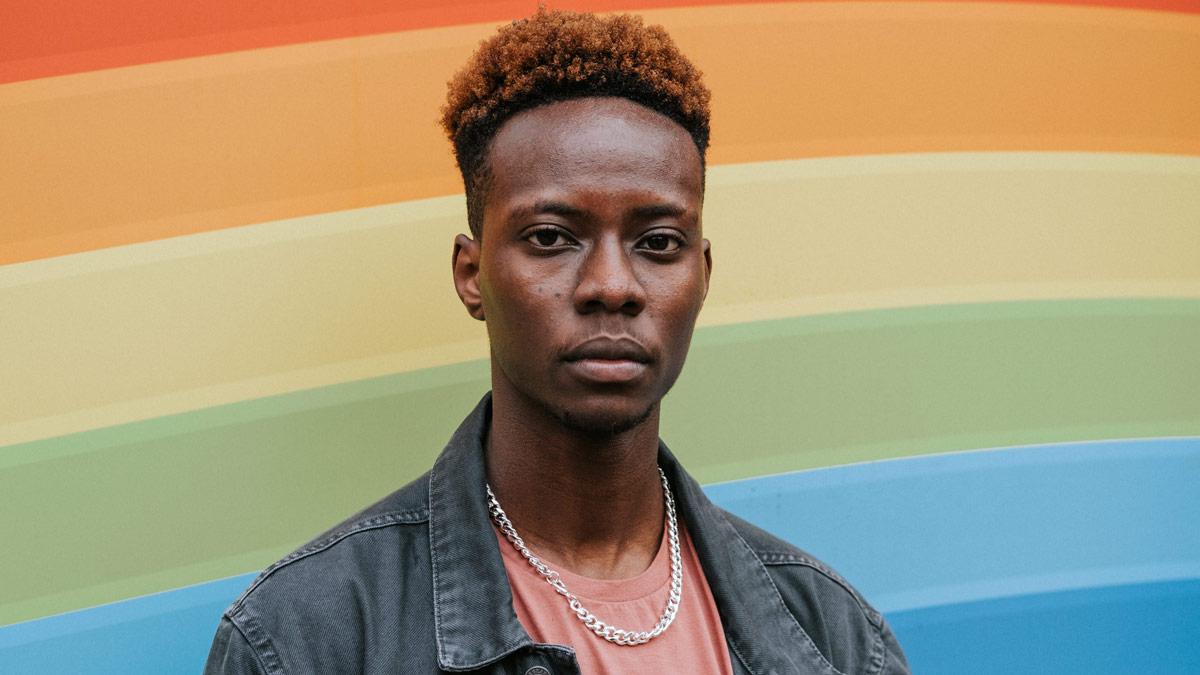Is there a place for the graysexual identity within the LGBTQ+ community?
Apparently being LGBTQ+ also means being hypersexual. At least, that’s what many of us have been led to believe.
But human sexuality expresses itself very differently from person to person.
Today, I want to talk about two forms of this—gray asexuality/graysexuality and demisexuality—and the struggle many of us experience fitting in.
LGBTQ+ hypersexuality
At 18, when I was just starting to explore my LGBTQ+ identity, I found myself drawn to nightclubs. This seemed like the best venue in which to meet other gay men and hopefully make friends.
Each club usually had a cover charge, but as a poor student, I often found myself balking. One time a bouncer laughed at my reaction.
“Don’t worry,” he said. “You’ll get laid.”
I remember feeling absolutely mortified. How could he have so mistaken my intentions?
Yet it was, as it turned out, a fairly normal assumption to make.
Inside these clubs, I frequently saw people sizing each other up across the dancefloor.
And when I tried to make small talk with strangers, I’d catch them looking over my shoulder at the latest person to walk through the door. Many people I met appeared to be solely looking for casual sex.
Frankly, I was so bored by this idea, that I’d often end up sitting in a corner and browsing the free LGBTQ+ publications.
The articles and advertisements I saw within seemed, again, to speak to this hypersexual facet of the LGBTQ+ identity—a facet that is often quite narrow in its definitions.
Being a graysexual in the LGBTQ+ ‘monoculture’
The LGBTQ+ community is, at least in theory, an inclusive one. In practice, however, it can lean towards being a monoculture.
The term “monoculture” refers to cultivating one kind of crop at a time. This is compared to polyculture, where one cultivates multiple crops at the same time.
The LGBTQ+ monoculture promotes the idea that all gay men should be hypersexual and openly discuss their sexual preferences with one another.
Sexuality for me on the other hand has always been personal and private. I’ve rarely felt any need to disclose my preferences with anyone, friends included, nor to actively pursue sex.
When I met other gay men online or in person, I’d explain that I wanted to be their friend and get to know them. For me, the familiarity and safety provided by a friendship were necessary before progressing the relationship.
Intellectual connection and interpersonal compatibility were also important, and I couldn’t be sure of either on short acquaintance.
But many people received my request to get to know them as a rejection. I was, in their view, friend-zoning them.
It seemed I had failed to grasp a common but unspoken belief: that when two gay men come into contact, sex must result.
What are graysexuality and demisexuality?
Given casual sex in the LGBTQ+ world is often treated as a kind of handshake, this expectation makes sense.
This is not to say that LGBTQ+ culture is monolithic. It arose after all as a response to the constraints of heterosexuality.
But this tendency to lean towards a single expression of sexuality can be marginalizing and oppressive to those who don’t and can’t follow it.
It’s only in the past few years, after coming to identify with the gray asexual and demisexual labels, that I’ve understood why hypersexuality never sat right with me.
What does it mean to be gray asexual, also known as graysexual, gray-a, and gray-ace?
Graysexuals according to the Demisexual Resource Center:
- feel sexual attraction infrequently, of low intensity, to few people, or in specific circumstances
- feel sexual attraction, but have no desire to act on it; have confusing or ambiguous feelings of sexual attraction
- feel that sexual attraction is not a meaningful concept to them personally
Graysexuality clearly has many possible definitions and is experienced differently by each individual.
Demisexuality on the other hand involves “feeling sexual attraction only after forming an emotional bond”. Some consider demisexuality to be a subset of gray asexual.
In my case, I relate to both labels. I experience sexual attraction, but in limited circumstances, and at a low intensity.
These feelings are often ambiguous, aren’t that important to me, and I usually have little desire to act on them.
And if I do, full enjoyment is rarely possible unless I have first formed an emotional bond.
Quite a lot of fine print. And not exactly something one drops in a casual conversation.
When being graysexual conflicts with allosexuality
Allosexuality—that is, feeling sexual attraction—is often treated as the norm, so graysexuals and demisexuals like myself may thus find themselves pushed into the margins.
For example, we may often feel like our lack of sexual interest and/or drive is a problem and that something is wrong with us.
If we don’t indulge in hypersexuality, we may feel like we’re somehow failing the LGBTQ+ acid test.
Another fact to consider is that in LGBTQ+ culture, being sexually desirable is, unfortunately, often tied to self-worth. Having a lack of sexual interest in others may thus be interpreted as rejection.
Not wanting to engage in sexual activities may be perfectly comfortable for you. But failing to meet allosexuals’ expectations can create discomfort, if not frustration, for some.
Many a time, I’ve found myself in situations where another person clearly wanted a sexual outcome. When that outcome didn’t happen, some individuals would only pressure me further.
Sometimes I froze, and sometimes I gave in. When I did manage to find my voice and refuse, hurt and anger could result.
Wrap up
It’s hard not to feel somehow wrong or at fault in these situations. You get to thinking that maybe it’s on you to be more upfront about your preferences.
But even when we are upfront, there’s always the possibility it might be explained away.
I’ve had more than a few people tell me that I “just hadn’t had the right sexual experience or partner” yet. Ironic, given that’s an argument that’s been used against LGBTQ+ people for having an interest in members of the same sex!
It isn’t fair that allosexuality is treated as a default and alternate sexual expressions as abnormal. We gray-aces and demisexuals feel blamed or shamed for failing to meet some kind of sexual mandate.
This is, after all, a fundamental part of who we are. And our diverse identities are just one variation of many that exist within the LGBTQ+ community.
So enough about me, I want to know: do you identify as graysexual or demisexual?
If so, what’s it been like for you? Let me know in the comments.

Essy Knopf is a therapist who likes to explore what it means to be neurodivergent and queer. Subscribe to get all new posts sent directly to your inbox.
© 2025 Ehsan "Essy" Knopf. Any views or opinions represented in this blog are personal and belong solely to the blog owner and do not represent those of people, institutions or organizations that the owner may or may not be associated with in professional or personal capacity, unless explicitly stated. All content found on the EssyKnopf.com website and affiliated social media accounts were created for informational purposes only and should not be treated as a substitute for the advice of qualified medical or mental health professionals. Always follow the advice of your designated provider.


